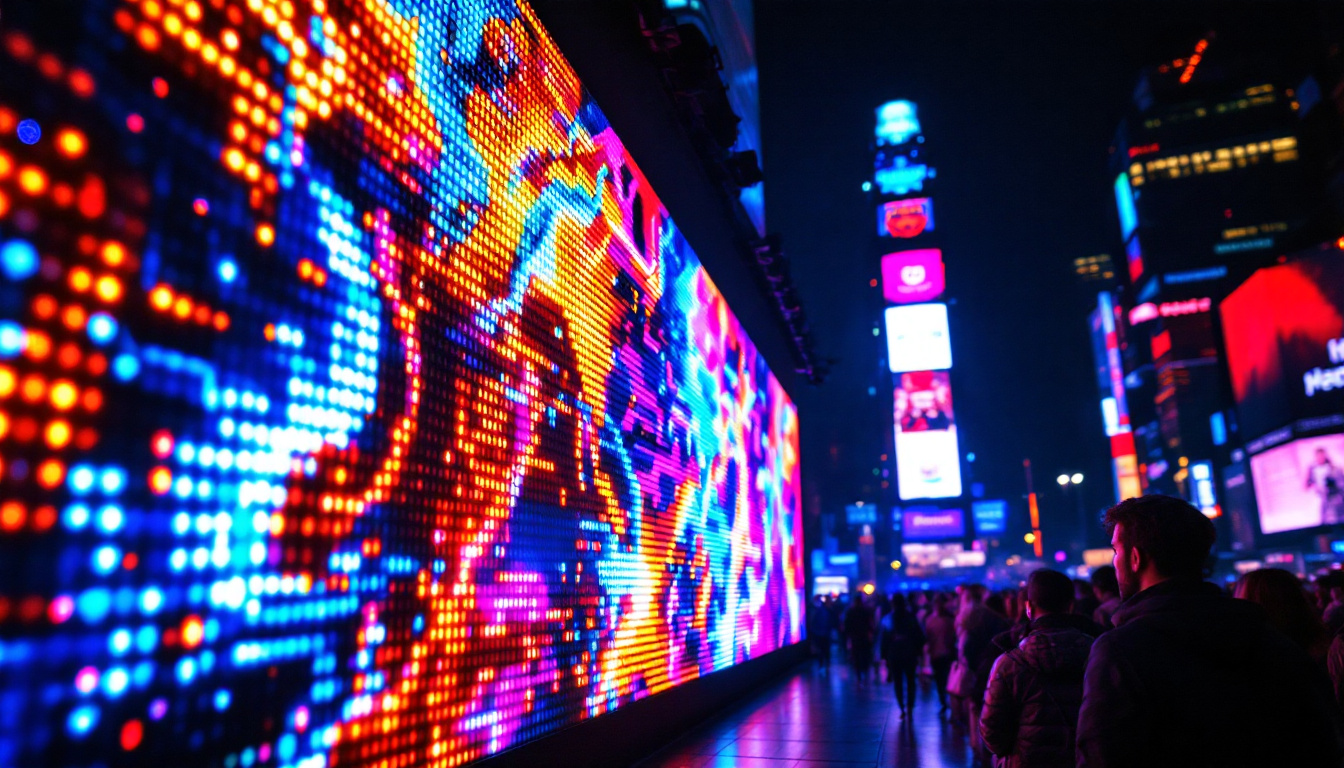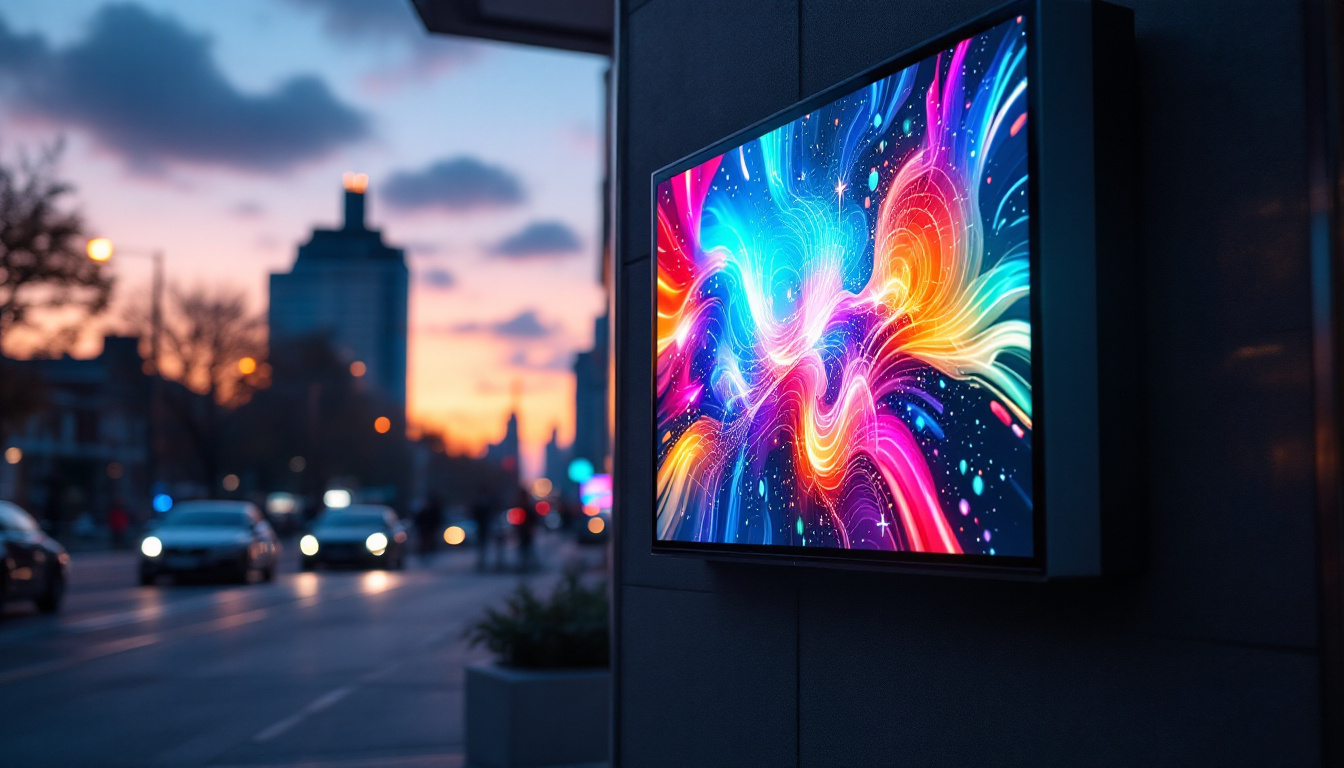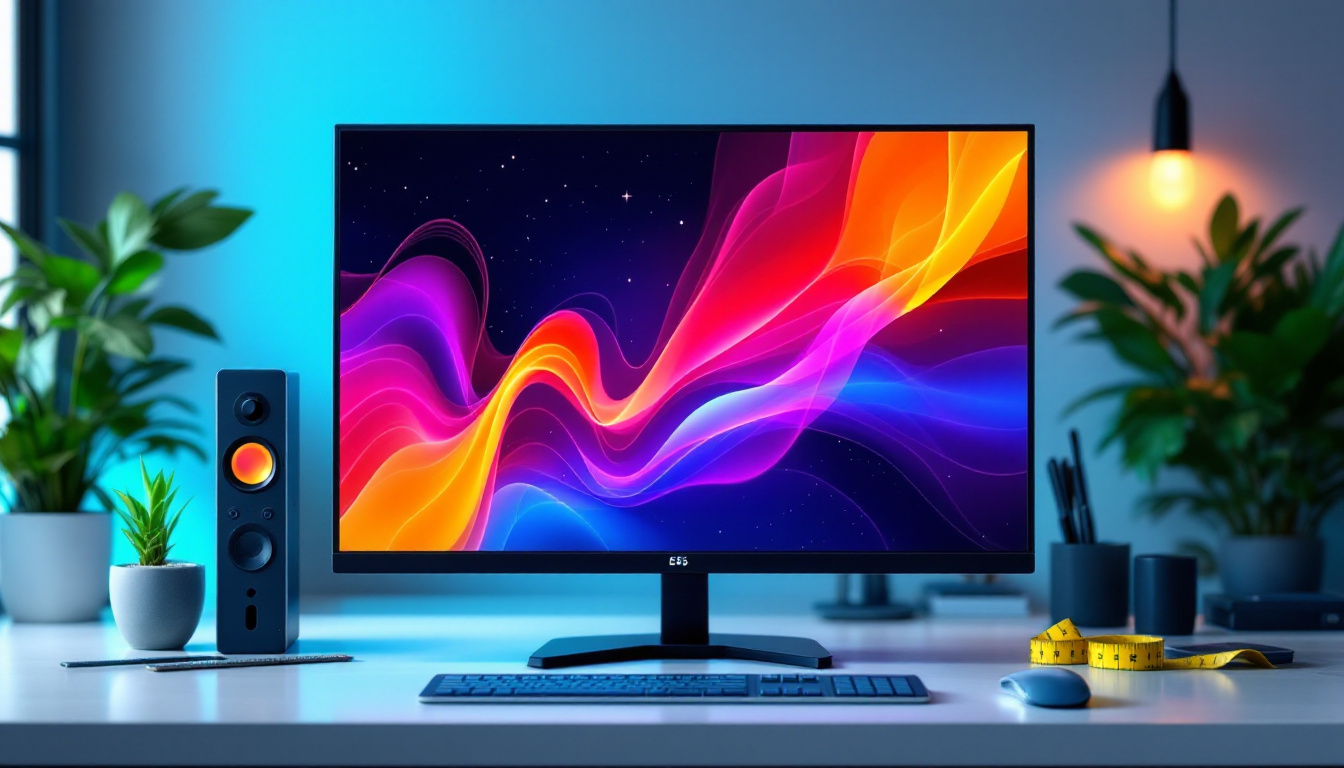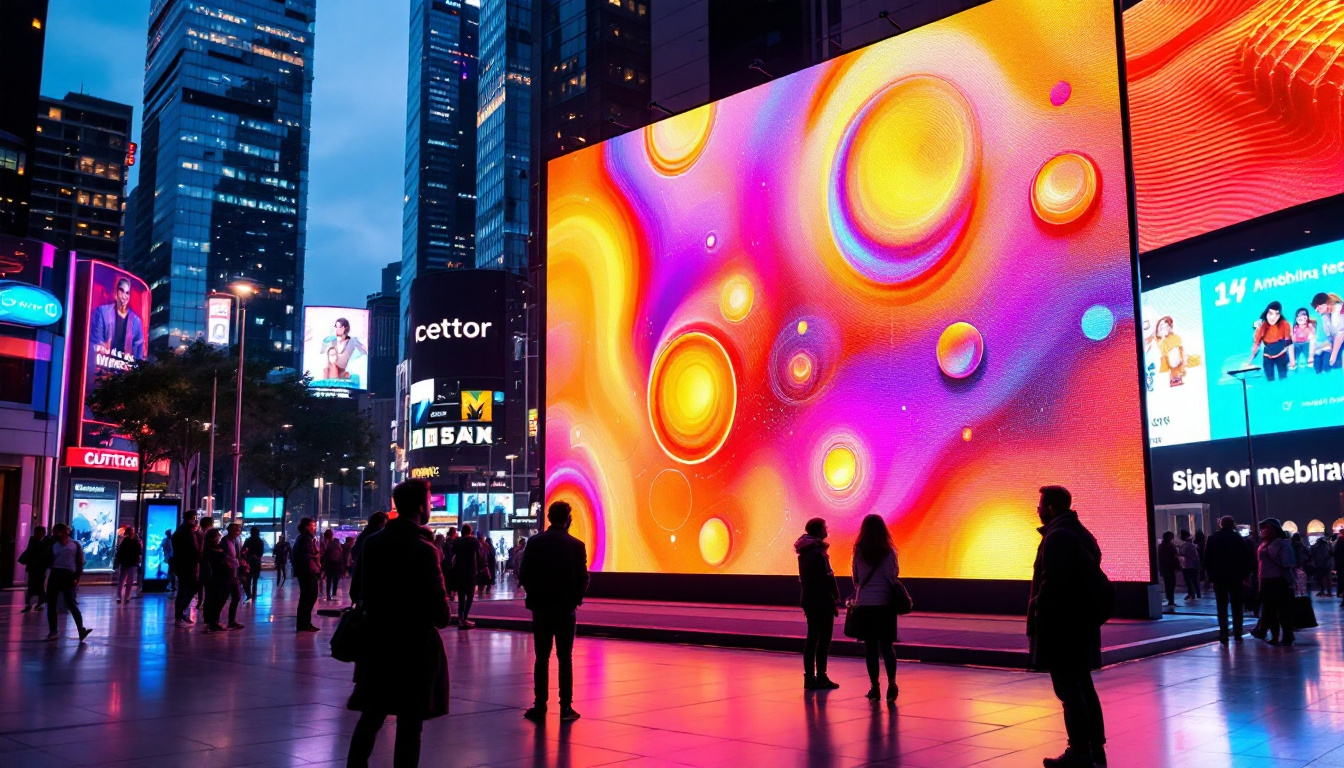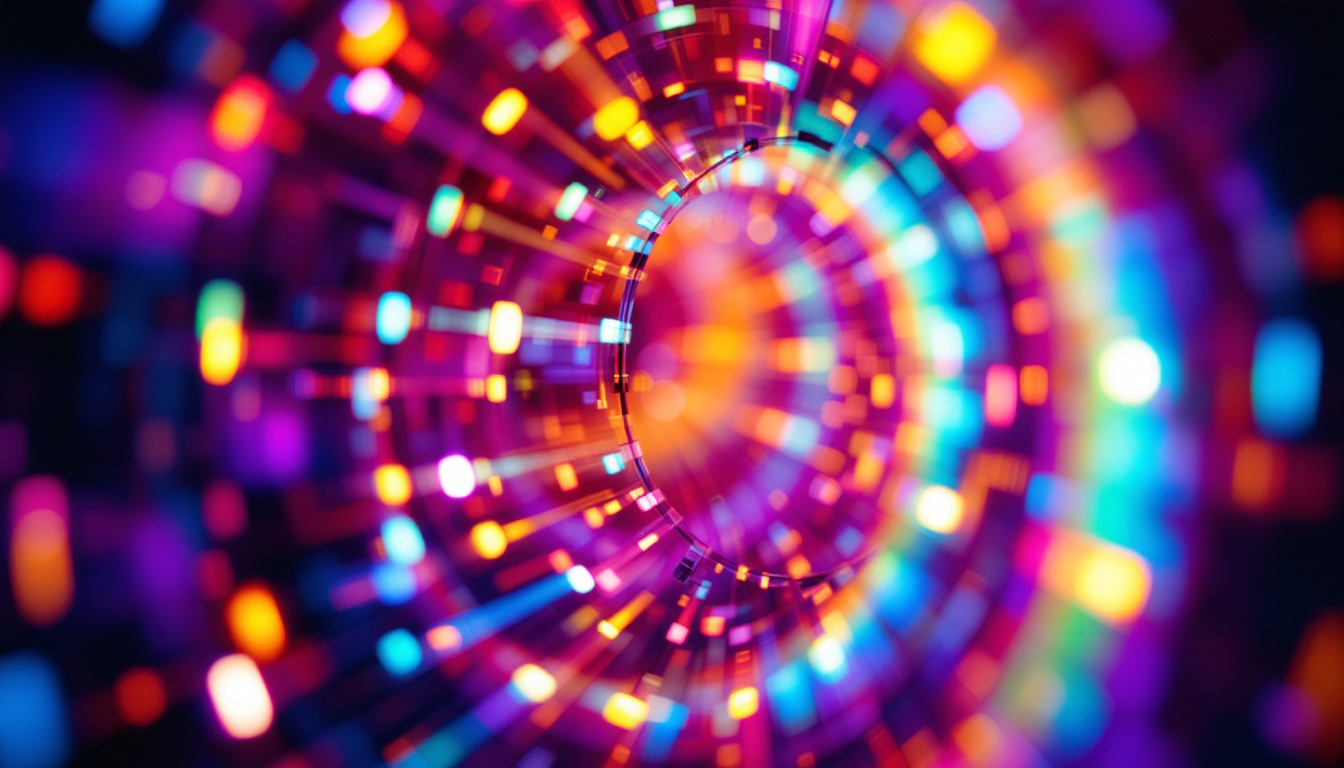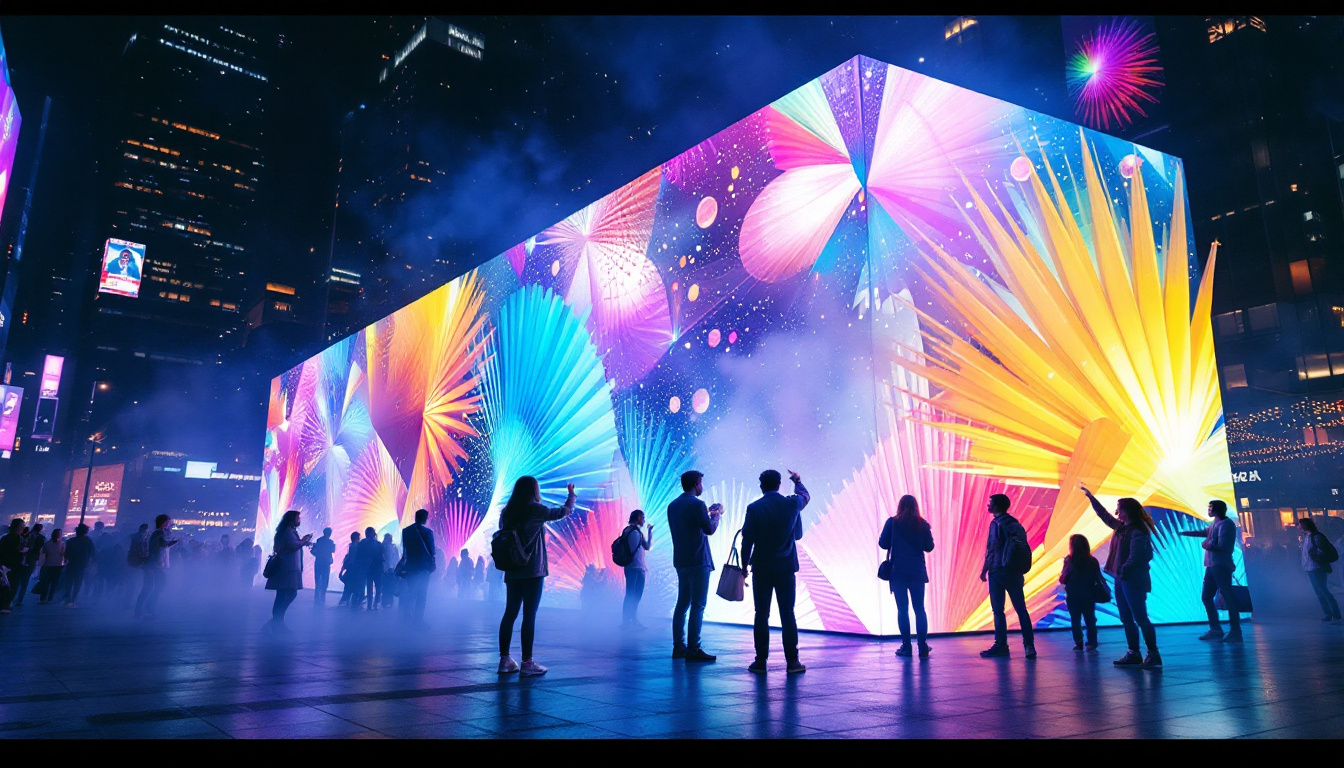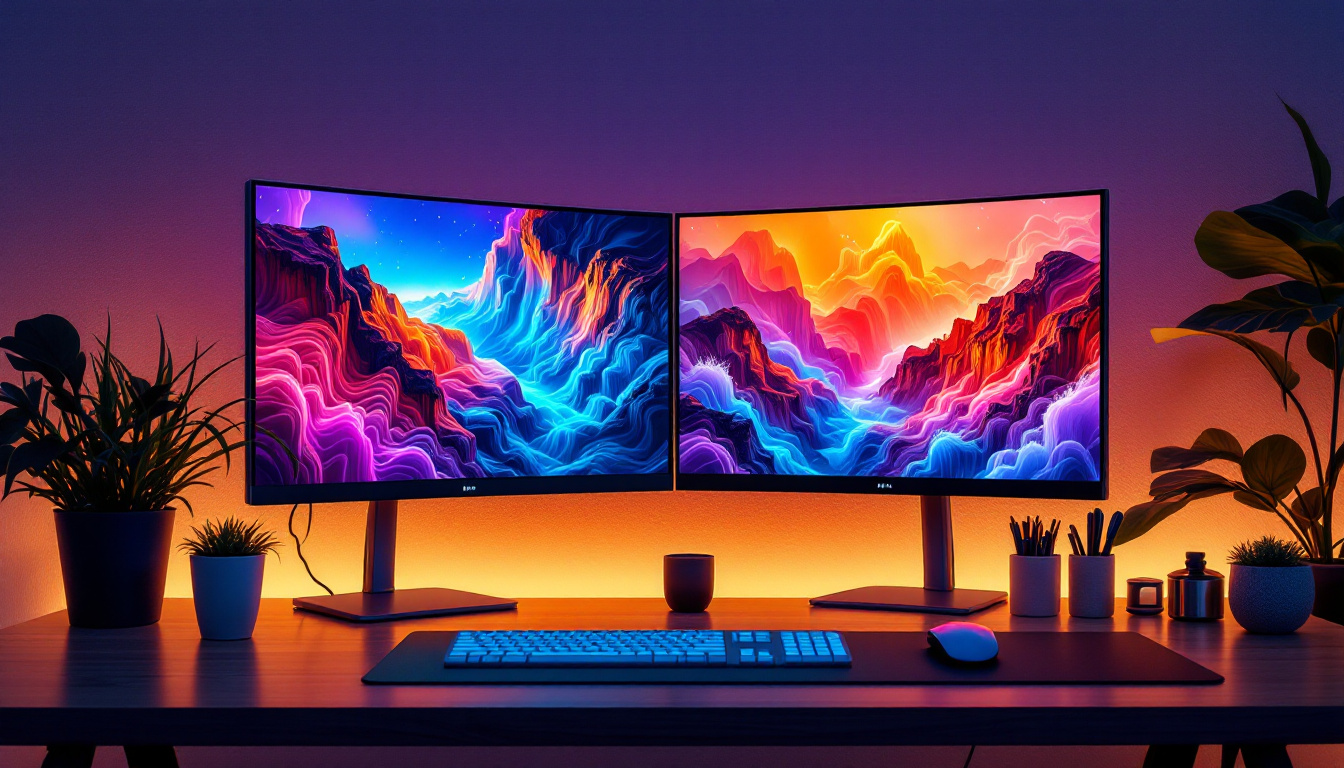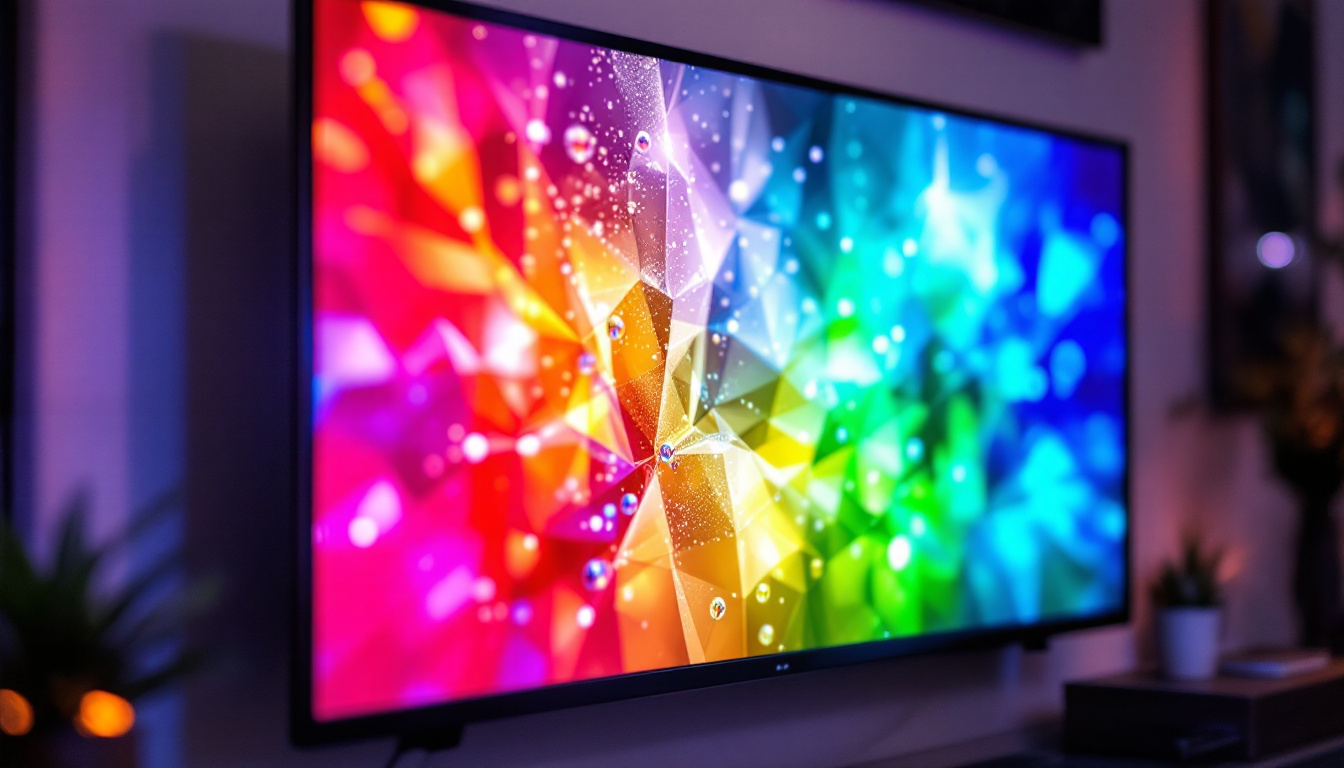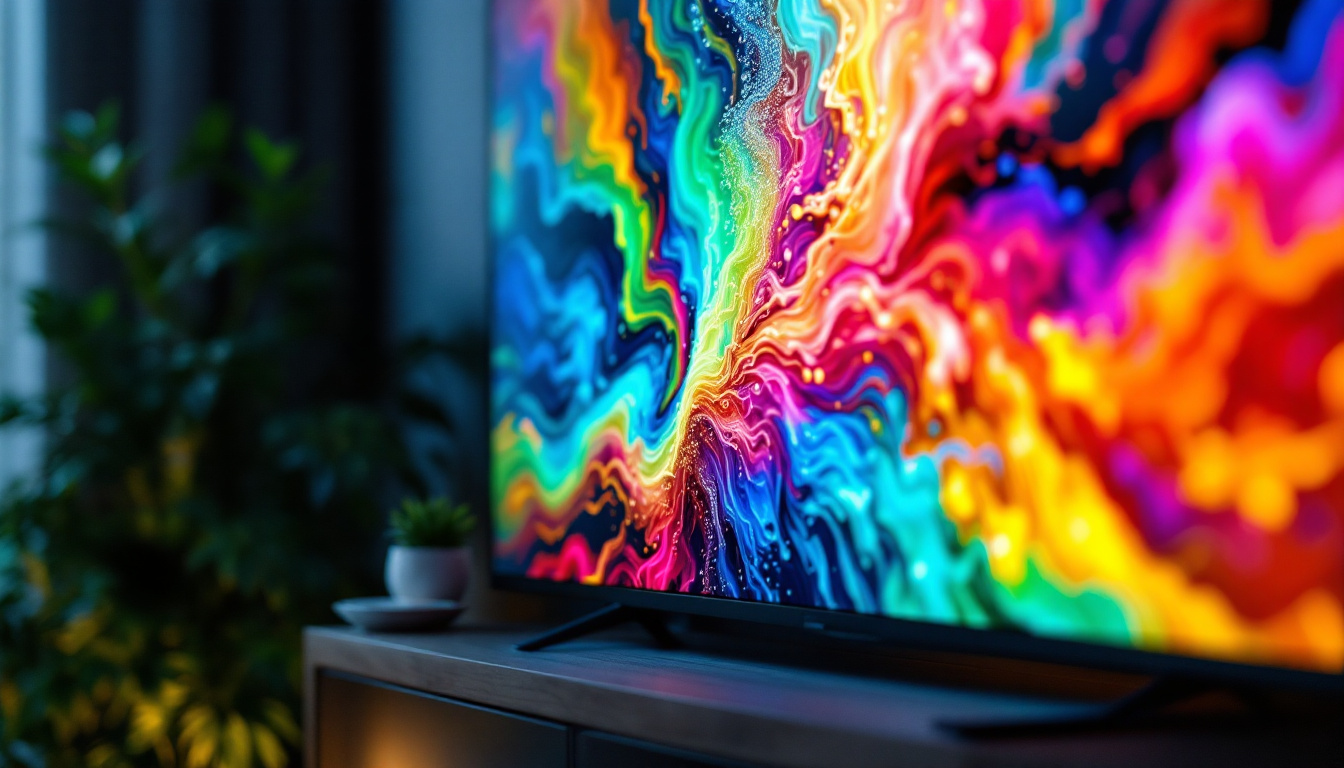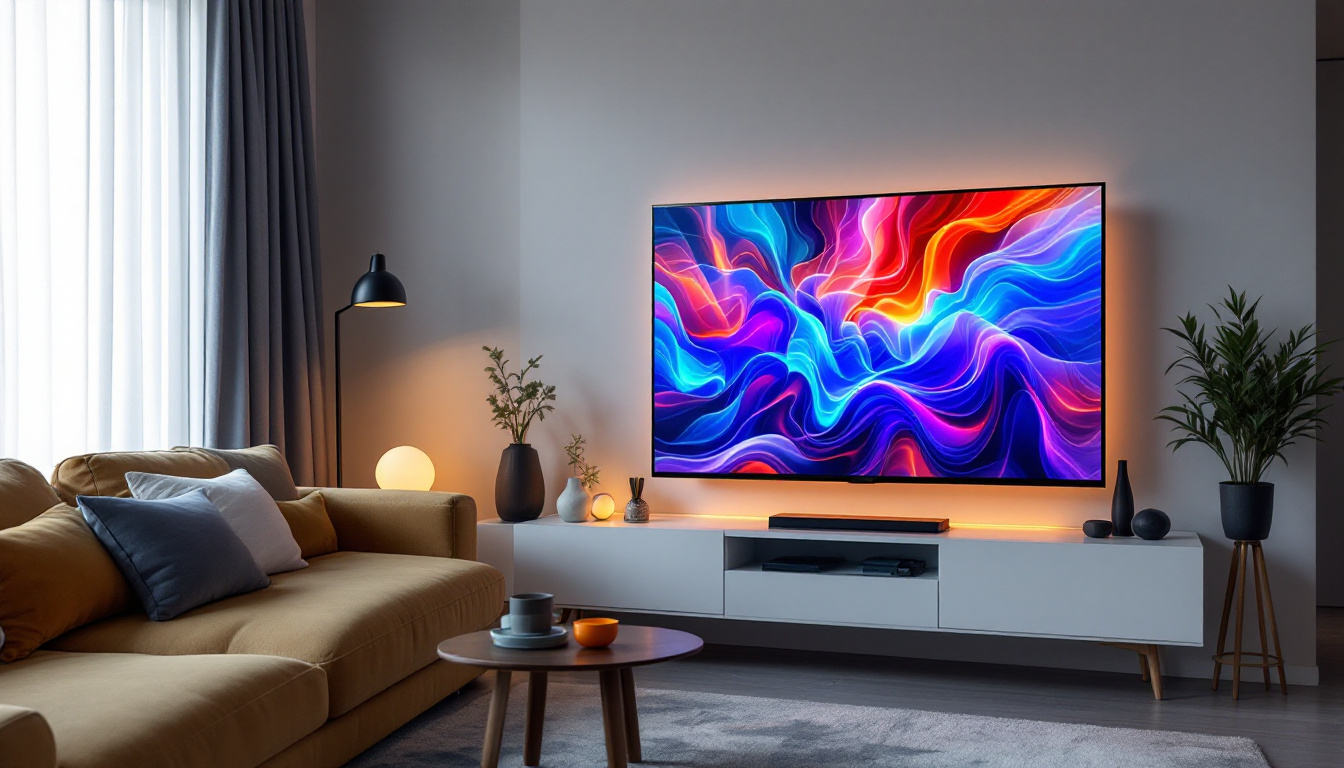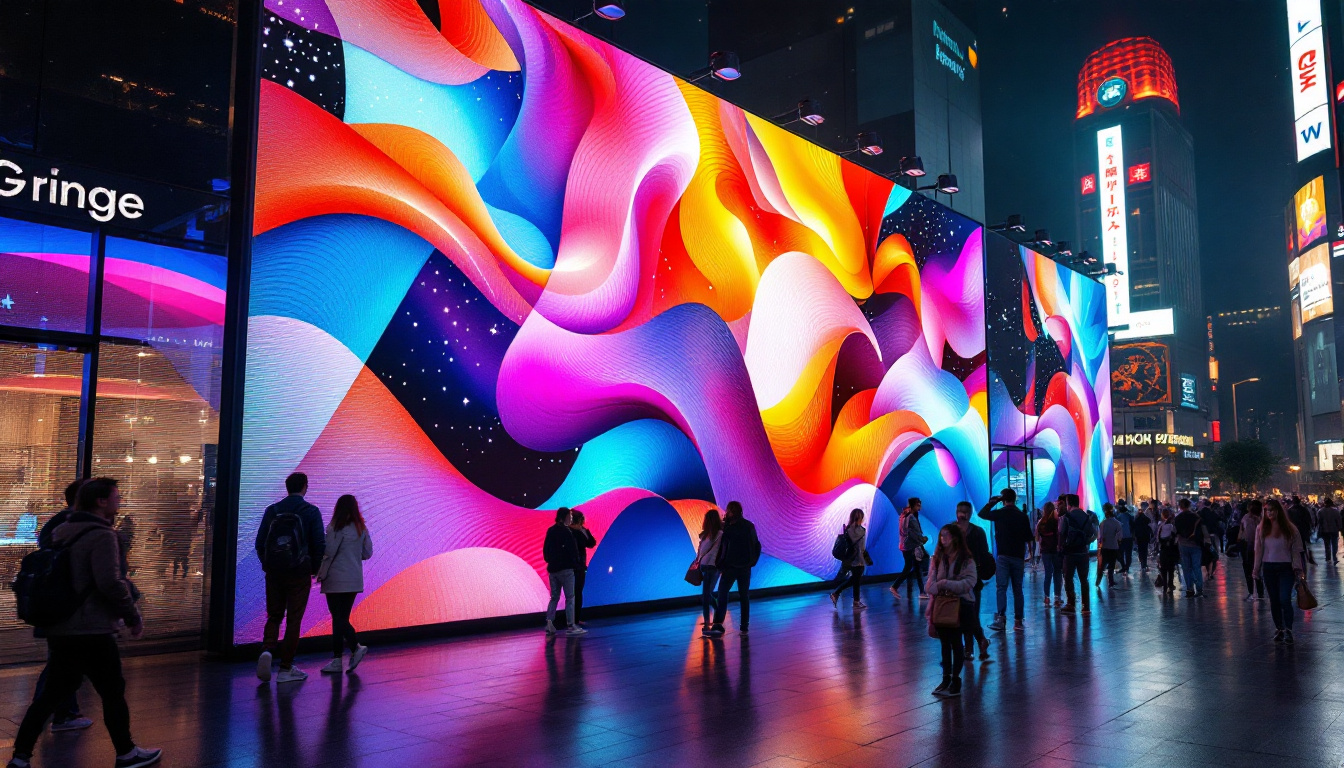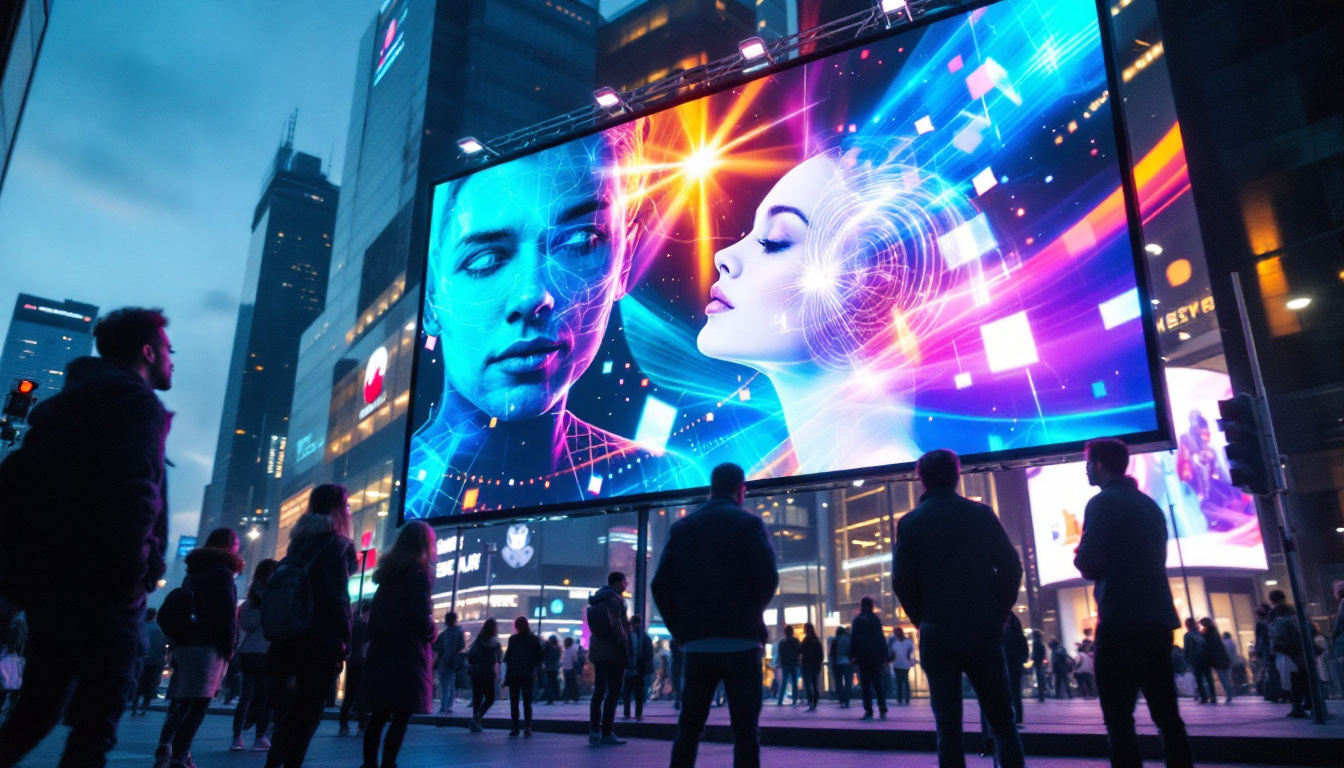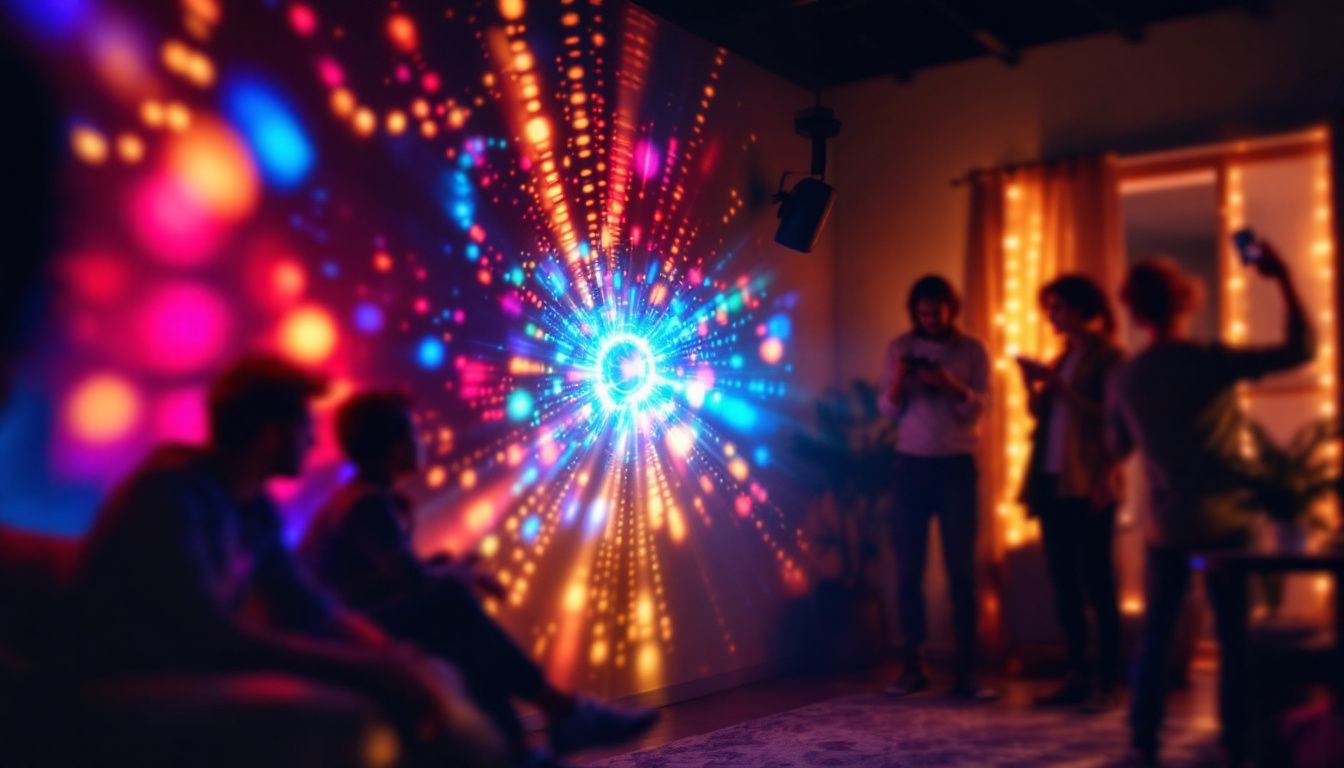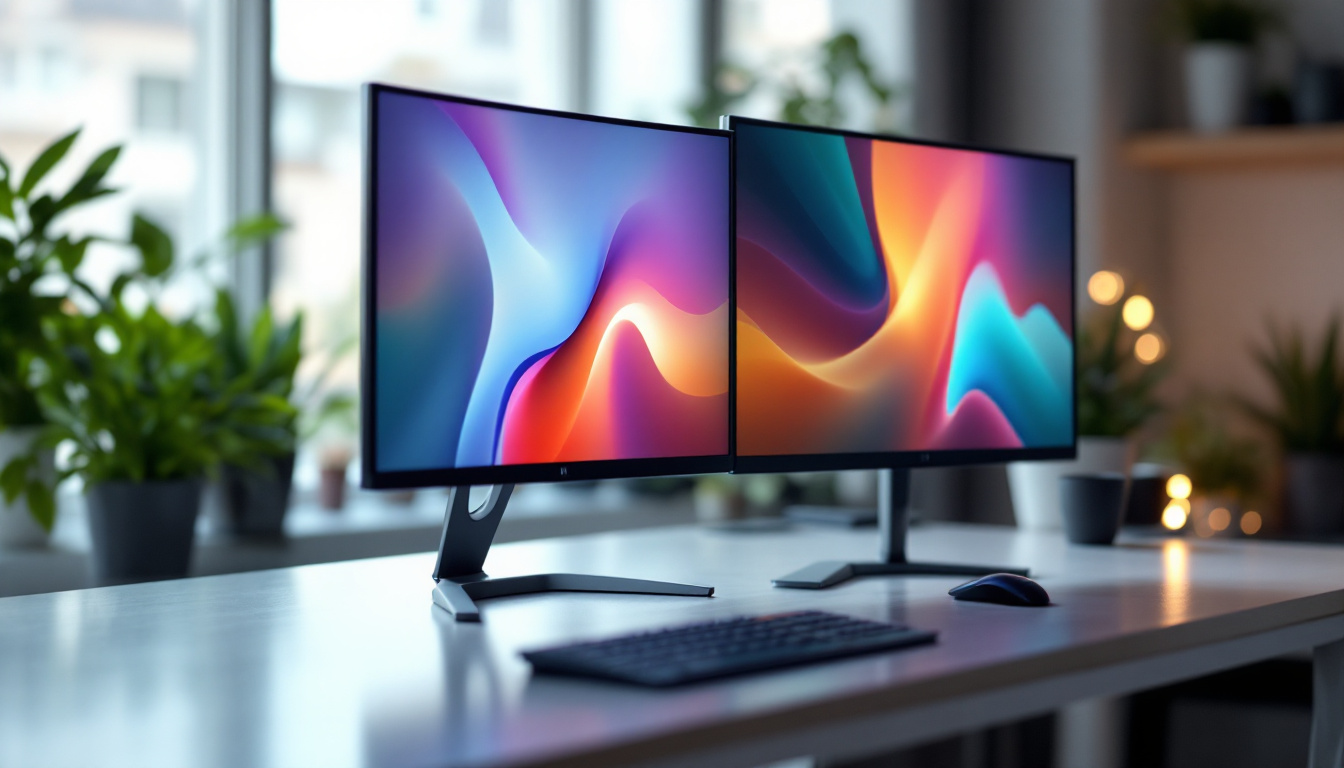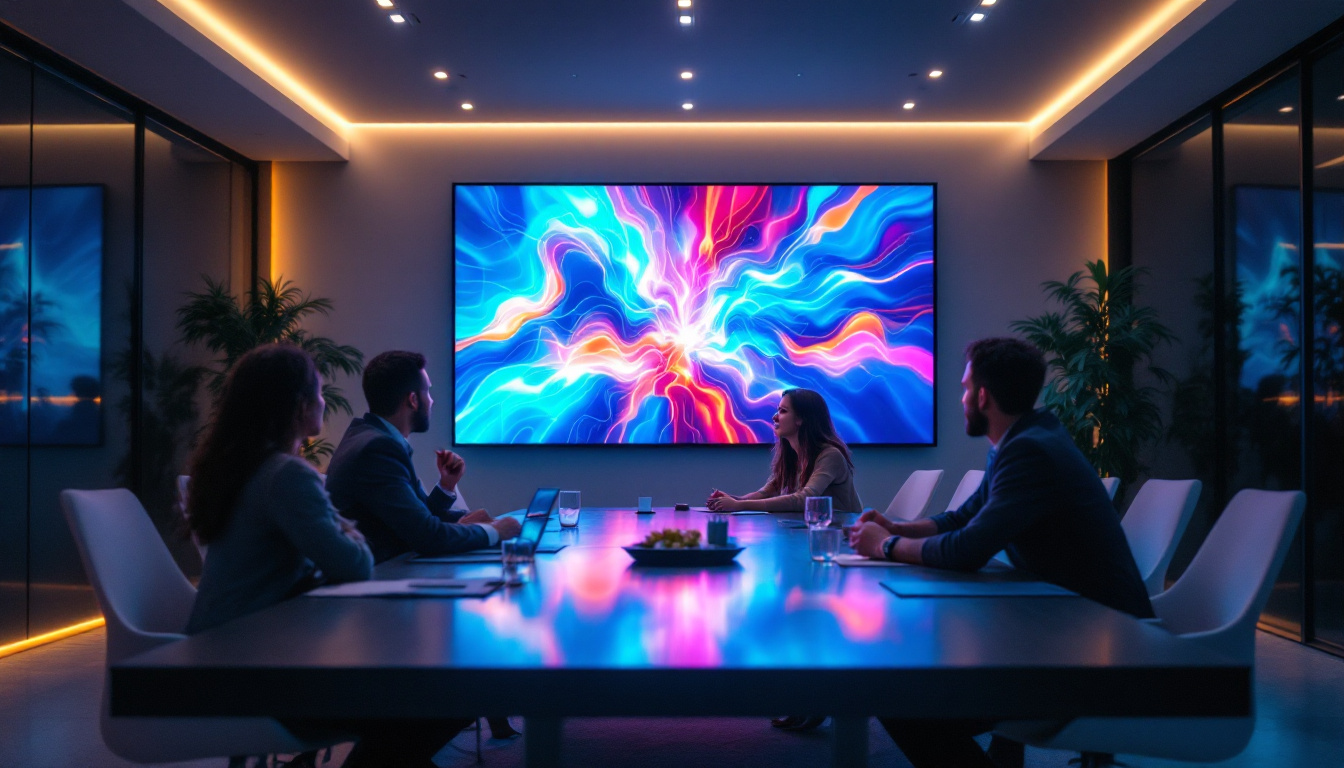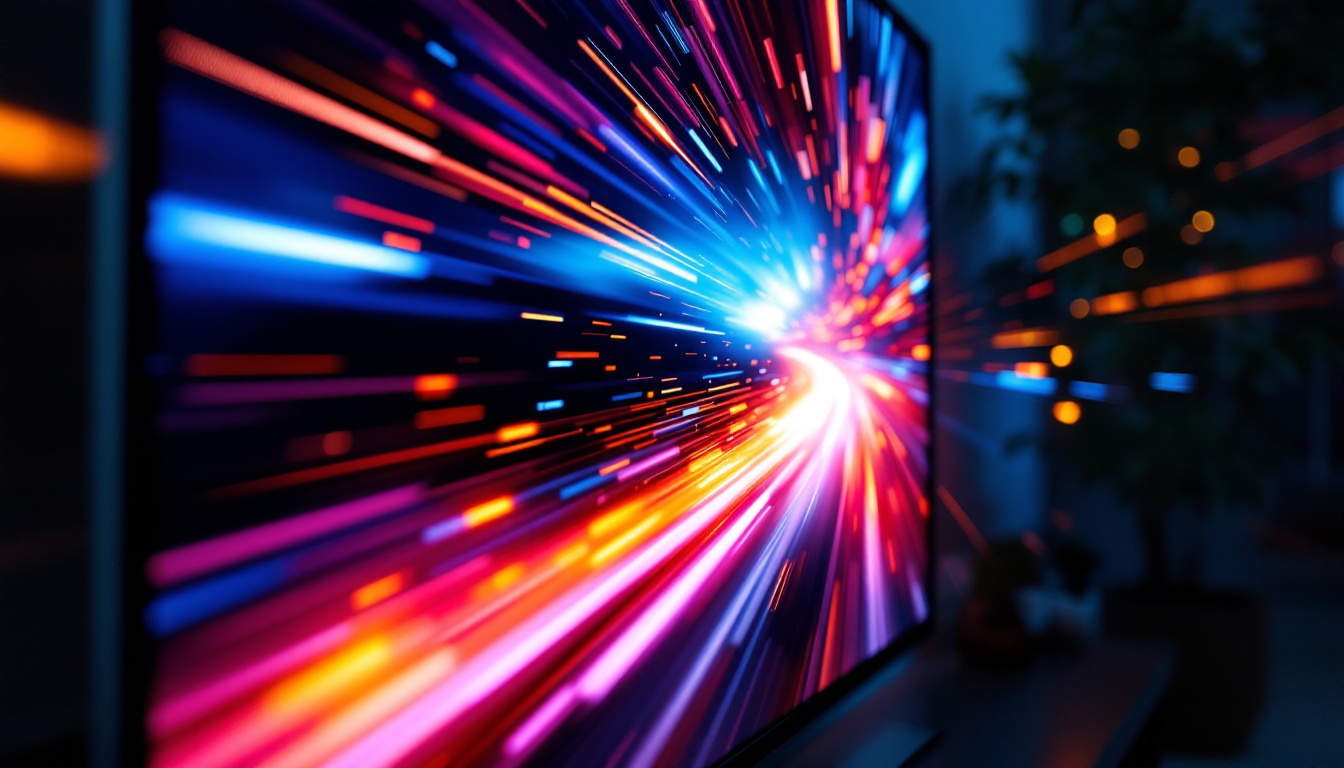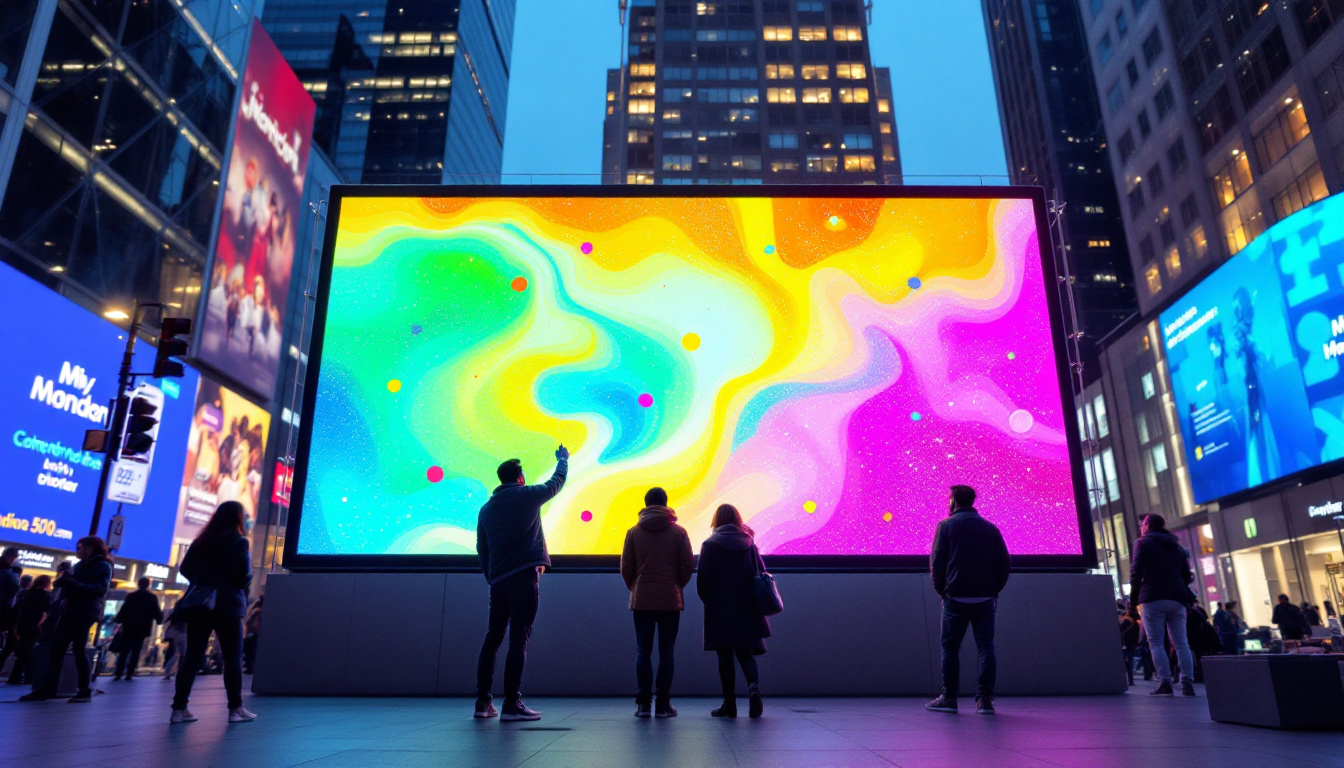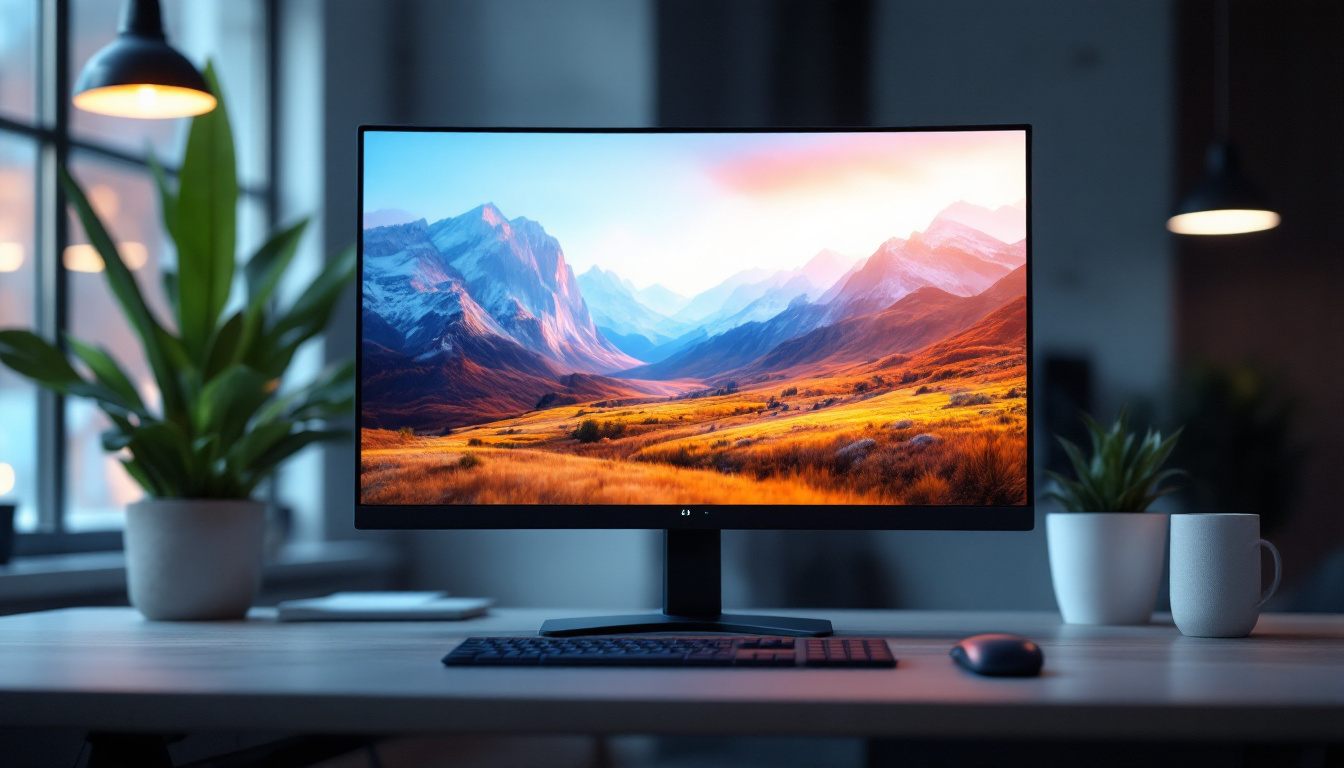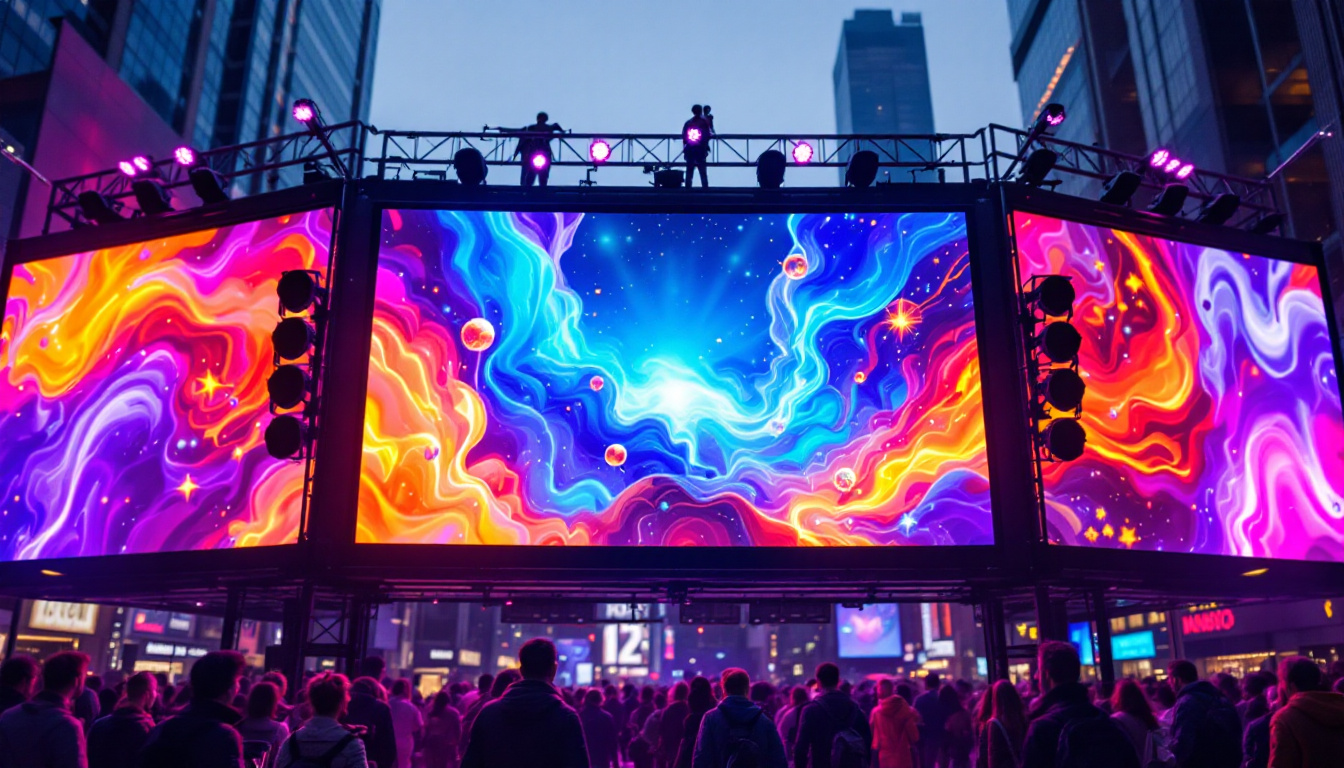In the world of modern technology, clarity and precision are paramount, especially when it comes to visual displays. The Clarity Monitor, equipped with an LED display, has emerged as a popular choice for professionals and enthusiasts alike. This article delves into the intricacies of LED technology, the advantages of using a Clarity Monitor, and practical tips for optimizing your viewing experience.
Understanding LED Technology
LED, or Light Emitting Diode, technology has revolutionized the way we view content across various devices. Unlike traditional LCD screens that rely on backlighting, LED displays utilize diodes that emit light when an electric current passes through them. This fundamental difference contributes to several advantages that enhance the user experience. The energy efficiency of LED technology also plays a significant role in its widespread adoption, as it consumes less power compared to older technologies, leading to lower electricity bills and a smaller carbon footprint.
How LED Displays Work
At the core of LED technology is the semiconductor material that emits light. When electricity flows through these materials, they produce light in a spectrum of colors. This process allows for brighter images and deeper blacks, as individual pixels can be turned on or off independently. This capability is particularly beneficial for displaying high-contrast images, making LED displays ideal for everything from gaming to professional graphic design. Furthermore, the rapid response time of LED technology minimizes motion blur, which is crucial for fast-paced video content and gaming, providing a smoother visual experience.
Moreover, LED displays can come in various configurations, including edge-lit and full-array backlit designs. Edge-lit displays are thinner and more energy-efficient, while full-array backlit displays provide superior color accuracy and brightness uniformity. Understanding these differences can help users choose the right monitor for their specific needs. Additionally, advancements in LED technology have introduced features such as local dimming, which enhances contrast ratios by adjusting the brightness of specific areas of the screen, further improving image quality and depth.
Types of LED Monitors
LED monitors can be categorized into several types, each serving different purposes. The most common types include:
- Standard LED Monitors: These are the most widely used monitors for general purposes, offering a good balance between performance and price.
- IPS LED Monitors: In-Plane Switching (IPS) technology provides wider viewing angles and better color reproduction, making them ideal for graphic design and photography.
- Gaming Monitors: These monitors are designed with high refresh rates and low response times, catering specifically to gamers who require fast and responsive displays.
Each type of monitor has its unique features, making it essential for users to assess their specific needs before making a purchase. Additionally, there are also specialized monitors, such as HDR (High Dynamic Range) displays, which enhance the color range and brightness levels, allowing for a more immersive viewing experience. These monitors are particularly popular among content creators and film enthusiasts who demand the highest quality visuals. As technology continues to evolve, we can expect even more innovative LED solutions that cater to a diverse array of applications, from home entertainment to professional environments.
Advantages of Clarity Monitors
The Clarity Monitor, with its LED display, offers numerous advantages that set it apart from traditional monitors. These benefits can significantly enhance productivity, entertainment, and overall user satisfaction.
Superior Image Quality
One of the most notable advantages of Clarity Monitors is their superior image quality. The vibrant colors and sharp contrast ratios provided by LED technology result in stunning visuals that can elevate any viewing experience. Whether watching movies, playing games, or working on graphic design projects, the clarity and detail offered by these monitors are unparalleled.
Additionally, many Clarity Monitors come with advanced features such as HDR (High Dynamic Range) support, which further enhances the color range and contrast, making images appear more lifelike. This is particularly beneficial for professionals who require accurate color representation in their work. Furthermore, the wide viewing angles offered by these monitors ensure that colors remain consistent and vivid, even when viewed from the side, making them ideal for collaborative projects where multiple people are viewing the screen simultaneously.
Energy Efficiency
Another significant advantage of LED technology is its energy efficiency. LED displays consume less power compared to traditional LCD monitors, leading to lower electricity bills and a reduced carbon footprint. This makes Clarity Monitors not only a smart choice for the environment but also a cost-effective option for users who spend long hours in front of their screens.
Moreover, many Clarity Monitors are equipped with features that allow users to adjust brightness and contrast settings dynamically, further optimizing energy consumption based on the content being displayed. This adaptive brightness technology not only saves energy but also enhances the viewing experience by ensuring that images are always displayed at their best, regardless of ambient lighting conditions. As a result, users can enjoy their content without straining their eyes or compromising on quality, making these monitors a practical choice for both home and office environments.
Ergonomic Design
Clarity Monitors are often designed with user comfort in mind. Many models feature adjustable stands that allow users to modify the height, tilt, and swivel of the monitor, promoting better posture and reducing eye strain. This ergonomic design is crucial for individuals who spend extended periods working or gaming, as it can significantly enhance comfort and productivity.
Additionally, some Clarity Monitors come with blue light filtering technology, which reduces eye fatigue and helps maintain visual comfort during long sessions. This feature is particularly important in today’s digital age, where screen time is at an all-time high. Beyond just comfort, the sleek and modern aesthetic of these monitors can also complement any workspace, adding a touch of sophistication. Many models are designed to minimize bezels, providing a more immersive viewing experience and allowing for multi-monitor setups that maximize productivity without sacrificing style.
Choosing the Right Clarity Monitor
With a plethora of options available, selecting the right Clarity Monitor can be a daunting task. However, by considering a few key factors, users can make an informed decision that best suits their needs.
Screen Size and Resolution
The first aspect to consider is the screen size and resolution. Larger screens provide a more immersive experience, while higher resolutions, such as 4K, offer greater detail and clarity. For professionals in fields like graphic design or video editing, a higher resolution is essential for accurate work. Conversely, casual users may find a standard 1080p resolution sufficient for everyday tasks.
It is also important to consider the available space. A larger monitor may not be suitable for smaller workspaces, so measuring the area before making a purchase is advisable.
Refresh Rate and Response Time
For gamers and those who engage in fast-paced activities, the refresh rate and response time of a monitor are critical factors. A higher refresh rate, typically 144Hz or more, allows for smoother gameplay and reduces motion blur. Similarly, a low response time (measured in milliseconds) ensures that images refresh quickly, providing a seamless experience.
For general use, a refresh rate of 60Hz is usually adequate, but users should consider their specific activities when making a choice.
Connectivity Options
Modern monitors come equipped with various connectivity options, including HDMI, DisplayPort, and USB-C. Ensuring that the Clarity Monitor has the necessary ports to connect with other devices is crucial. Additionally, some monitors offer built-in USB hubs, which can be convenient for connecting peripherals without cluttering the workspace.
Furthermore, compatibility with different operating systems should also be taken into account, especially for users who may switch between devices.
Optimizing Your Viewing Experience
Once a Clarity Monitor is selected, optimizing the viewing experience is essential for achieving the best results. A few simple adjustments can make a significant difference in comfort and productivity.
Adjusting Brightness and Contrast
One of the first steps in optimizing a monitor is adjusting the brightness and contrast settings. Finding the right balance can reduce eye strain and improve image quality. Many monitors come with preset modes for different activities, such as gaming or reading, which can be helpful in achieving optimal settings.
Additionally, ambient lighting in the room can affect the perceived brightness and contrast. It is advisable to position the monitor away from direct light sources to minimize glare and reflections.
Using Calibration Tools
For professionals who require precise color accuracy, using calibration tools can be beneficial. These tools help adjust the monitor’s color settings to ensure that the displayed colors match the intended output. Many monitors come with built-in calibration options, but external calibration devices can provide even more accuracy.
Regular calibration is recommended, especially for tasks that demand high color fidelity, such as photo editing or graphic design.
Implementing Ergonomic Practices
To further enhance comfort during prolonged use, implementing ergonomic practices is crucial. This includes positioning the monitor at eye level, maintaining an appropriate distance (typically 20 to 30 inches), and ensuring that the screen is free from glare. Taking regular breaks to rest the eyes and stretch can also contribute to overall well-being.
Investing in a good quality chair and desk setup can complement the ergonomic benefits of a Clarity Monitor, creating a conducive work environment.
Conclusion
The Clarity Monitor, with its LED display technology, offers a plethora of advantages that cater to various user needs. From superior image quality and energy efficiency to ergonomic design, these monitors are well-suited for both professional and recreational use. By understanding the intricacies of LED technology and considering key factors when selecting a monitor, users can enhance their viewing experience significantly.
Furthermore, optimizing settings and implementing ergonomic practices can lead to improved comfort and productivity. As technology continues to evolve, the Clarity Monitor stands as a testament to the advancements in display technology, providing users with clarity and precision in every pixel.
Discover the Future of Visual Display with LumenMatrix
Ready to experience the ultimate in LED display technology? LumenMatrix is at the forefront of creating immersive visual experiences that captivate and engage. Whether you’re looking to enhance your professional workspace or elevate your home entertainment, our extensive range of LED display solutions, from Indoor and Outdoor LED Walls to innovative Transparent Displays, is designed to meet your every need. Embrace the revolution in visual communication and check out LumenMatrix LED Display Solutions today to share your message with unparalleled impact and clarity.








